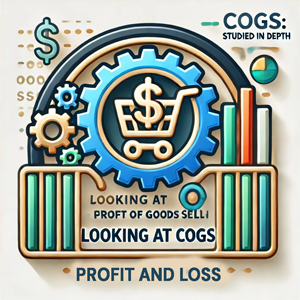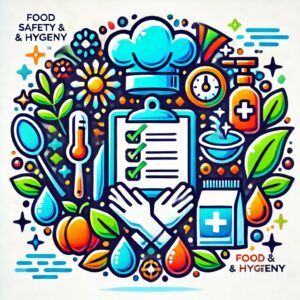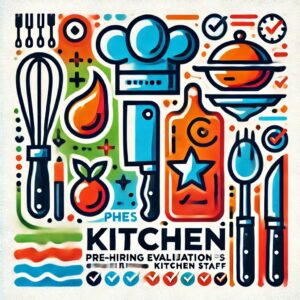"The Recipe for Profit: Understanding
Food Costs and COGS"
COGS AFFECTS PROFIT
FOR EVERYONE
EVERY EURO
The Cost of Goods Sold (COGS) refers to the direct costs associated with producing or purchasing the goods a business sells. For restaurants and bars, this primarily includes the cost of ingredients, beverages, and consumables needed to prepare and serve menu items. COGS is a vital metric in the hospitality industry because it directly impacts the Profit & Loss (P&L) statement and overall profitability.
On a P&L statement, COGS is deducted from total revenue to calculate gross profit. This calculation demonstrates how efficiently a business is turning revenue into profit before accounting for operating expenses. A high COGS reduces gross profit, leaving less room to cover fixed costs, operating expenses, and ultimately net profit.
For example:
- A restaurant earns €50,000 in revenue with €20,000 in COGS, resulting in a €30,000 gross profit.
- If COGS increases to €25,000 due to rising ingredient prices, the gross profit falls to €25,000, directly shrinking the bottom line.
This demonstrates the importance of closely monitoring and managing COGS to ensure profitabilitY.
Several variables impact COGS, making it a dynamic and controllable element of the P&L:
Food and Beverage Costs: Seasonal fluctuations, supply chain issues, and inefficient purchasing practices can increase expenses.
Waste and Spoilage: Overportioning, improper storage, and poor inventory control lead to unnecessary waste, driving up costs.
Supplier Pricing: Failing to regularly negotiate contracts or compare suppliers may result in higher purchase prices for key ingredients.
Menu Design: Items with higher food costs or complex preparation methods can disproportionately raise COGS.
Managing COGS effectively requires balancing cost control with quality preservation. Key strategies include:
Inventory Management: Tracking inventory levels, implementing first-in-first-out (FIFO) practices, and conducting regular stock counts prevent overordering and spoilage.
Menu Engineering: Analyze the profitability of menu items. Removing or redesigning low-margin dishes can optimize costs without sacrificing customer satisfaction.
Supplier Negotiations: Building strong relationships with suppliers and renegotiating terms regularly ensures competitive pricing.
Staff Training: Educating staff on portion control, proper storage, and waste reduction minimizes unnecessary costs.
The COGS-to-revenue ratio is a critical metric for financial analysis. It measures what percentage of revenue is consumed by direct costs. For instance, if a restaurant generates €100,000 in revenue and incurs €30,000 in COGS, its COGS-to-revenue ratio is 30%. A higher ratio suggests inefficiencies, while a lower ratio indicates better cost control.
Conclusion
COGS is more than just a number on the P&L statement—it’s a reflection of a business’s operational efficiency and financial health. Unchecked COGS can erode profitability, while proactive management can significantly boost gross and net profit. By leveraging tools like inventory tracking, menu engineering, and supplier negotiations, businesses can reduce COGS without compromising quality. Understanding and controlling COGS is essential for long-term sustainability and success in the competitive hospitality industry.
"Turn the COGS in Your P&L By CHECKING AN ICON
For Smarter Profit"


















